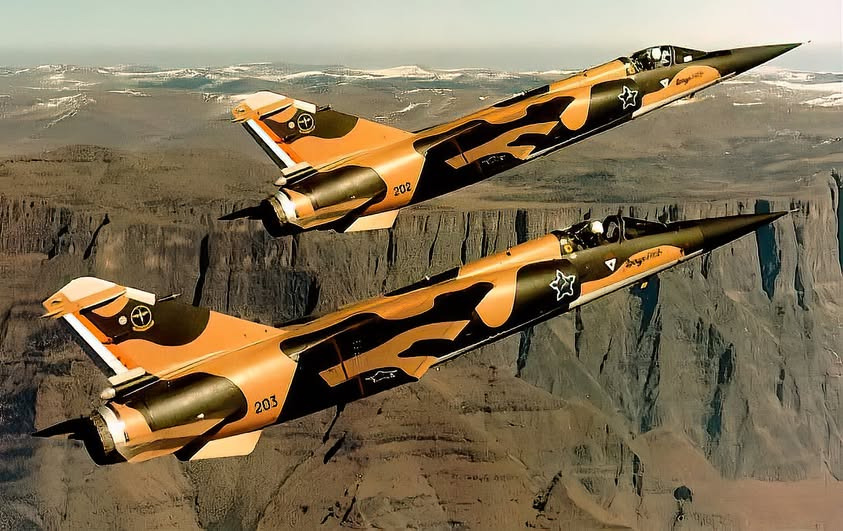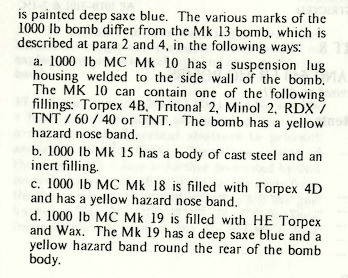Expand
A Brief History of the Mirage F1C
The Mirage F1 was designed to replace the Mirage III. Development began in 1964, with the Mirage F1 being a smaller, lighter, cheaper counterpart to the Mirage F2, the Mirage F2 being a smaller, lighter, cheaper counterpart to swing-wing the Mirage G8. The F2 and G8 were both twin-seat strike aircraft, while the F1 was a single-seat multirole aircraft. Additionally, there was a larger sing-seat interceptor based on the F2 designated the F3. Only the F1, the smallest and cheapest aircraft, would be selected for production. While the French Air Force also expressed interest in the F3 to fill the need for an interceptor, it was decided the F1 had better export potential, and it would be ordered as a stopgap for the French Air Force until the completion of the Anglo-French Variable Geometry programme. The first F1 prototype took flight in 1966. Earlier that year, France withdrew from the AFVG programme. The AFVG would eventually result in the Panavia Tornado. The Mirage F1C (for chasse, fighter) entered service in 1974. It was comparable in size to the Mirage III, but with greatly improved performance In addition to the new wing design, the F1 had a more powerful and efficient engine, and a substantially upgraded Cyrano-IV radar.
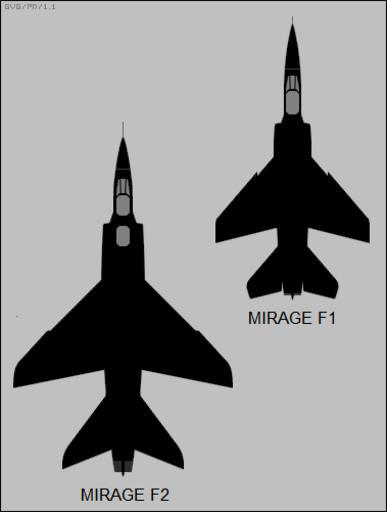
The Mirage F1 and its big brother the F2
South Africa’s Mirages
The F1 was not South Africa’s first Mirage. The South African Air Force was an early adopter of the Mirage III, with first deliveries in 1962. South Africa operated versions of every major variant of the Mirage III- 3 BZs, 16CZs, 3 DZs, 11D2Zs, 17EZs, 4 RZs, and 4 R2Zs for a total of 58 aircraft. Interestingly, this meant that South Africa was one of only four nations to operate a version of the Mirage IIIC, alongside France, Israel, and Argentina. The Mirage IIIs served in the Bush War. In 1971, the SAAF began searching for a potential replacement for the fleet of Mirage IIIs, and the under-development F1 was an obvious choice. In June that year, an agreement was reached for South Africa to purchase a small number of F1s, followed by license-production of around 100 aircraft and engines. The latter part of this deal would fall through in 1977 with UN Resolution 418, but in 1975 and 1976 delivery of 16 F1CZs and 32 F1AZs was completed. Deliveries were rushed to beat the arms embargo, which resulted in maintenance and reliability issues early on, but also made South Africa the first foreign operator of the F1.
South Africa operated significant numbers of Mirage IIIs, which the F1s were intended to replace. Instead the Mirage IIIs would only truly be replaced by the Cheetahs
In Service
The F1CZ entered service in mid 1975. They were equipped identically to the French F1C, with R530s and the new R550. Both the F1CZ and F1AZ were highly classified at the time. The Mirage F1 's combat debut came in November 1978 when F1CZs began escorting flights of Mirage IIIRZs over southern Angola. While intended as an interceptor, reliability issues of the F1AZ meant that the F1CZ instead began to be used for ground strike from 1979. The F1CZ would have it first interception mission in November 1981, with a pair of F1CZs intercepting a pair of MiG-21MFs, shooting down one in the first SAAF air kill since the Korean War. From 1982, interception missions became more common due to the issues with the F1AZ being resolved. During the Bush War, the F1CZ only scored one other kill, against a Mi-8 helicopter. F1CZs critically damaged several MiG-21MFs, but all managed to return safely to base.
From 1987, Cuba began fielding MiG-23MLs which were considerably more dangerous than the MiG-21MFs. On 27th September 1987, F1CZ no. 206, flown by a Captian Arthur Douglas Piercy, was hit by an R-60 fired from an ML. After a hard and fast landing where the aircraft overshot the runway and crashed through a fence, 206 was written off for scrap. This was the only F1CZ lost in combat, though three more were lost in accidents. With the appearance of the MiG-23, F1CZ operations decreased significantly. The idea was to keep the F1CZs grounded as a deterrent that could react at any time, without actually sending them out to potentially be destroyed. The F1CZs would be retired in 1992 though some stayed in service as testbeds until 1993.
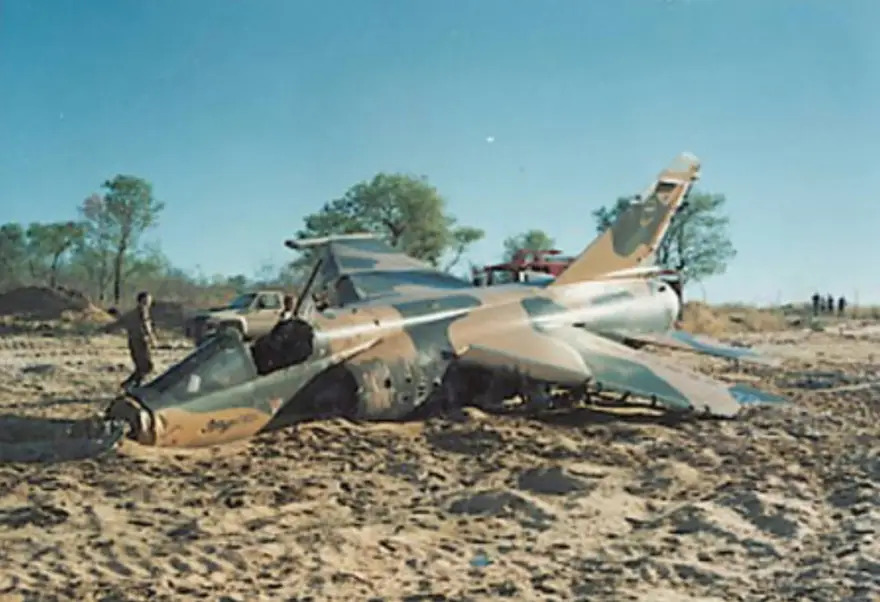
Capt. Piercy’s F1CZ, 206. Piercy survived but the crash but was left wheelchair-bound
South African Upgrades
Starting in 1984, an upgrade program was launched for the F1s to improve their defensive capabilities. These upgrades were rolled out quickly for the F1AZs, but much more slowly for the F1CZs and not all were upgraded. The F1CZ upgrade program introduced two new systems- the Compact Radar Warning System (CRWS) and Radar and Infrared Misleading System (RIMS).
The CRWS replaced the old BF RWR with an advanced digital one providing 360 degree coverage with launch indication and a range of 0.5 to 18 GHz (C-J NATO bands).
The RIMS introduced countermeasure dispensors. Initially, these were mounted underwing inboard of the armament hardpoints. This instillation was unpopular with pilots as it greatly increased drag. Later, new “Mk II” (name I’m making up for clarity) RIMS dispensers were developed which were fitted into new ventral fins with a negligible impact on flight performance.
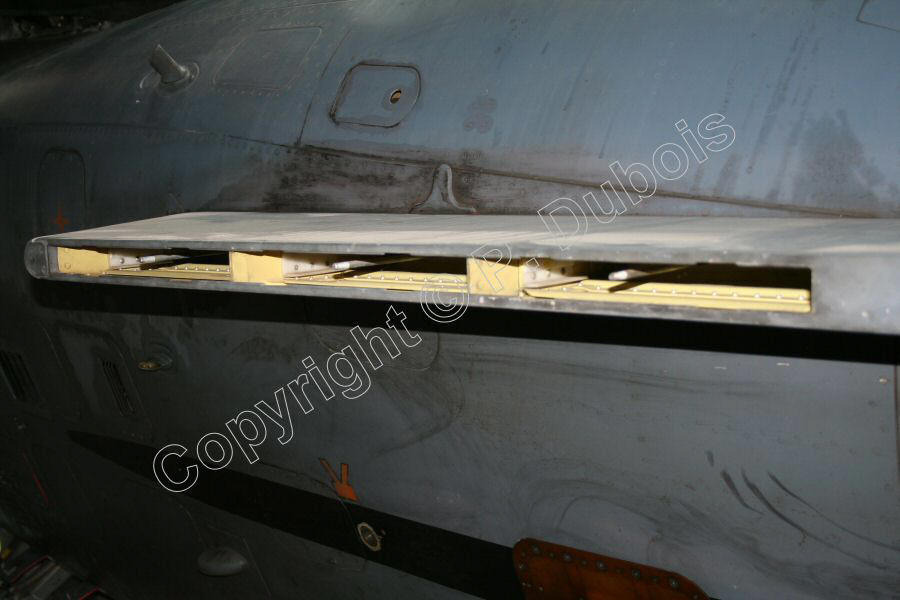
The RIMS “Mk II” dispensers within the ventral fins. Before RIMS, the F1s had no countermeasures! Each fin carries three cartridges of five flares or 10 chaff each
